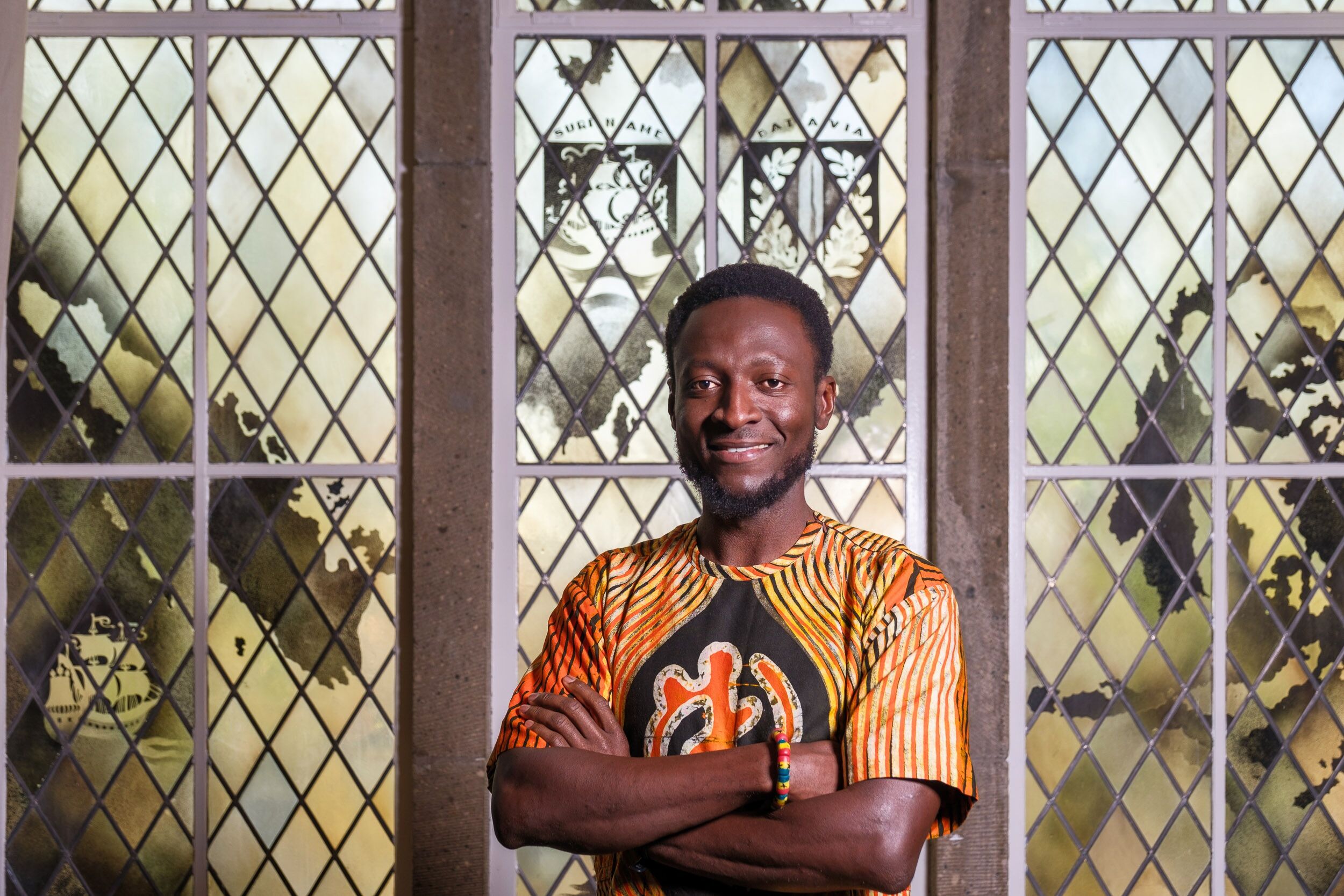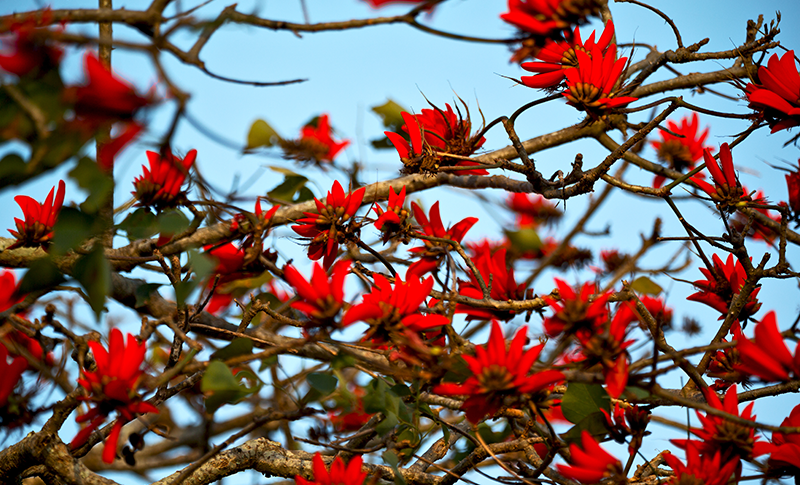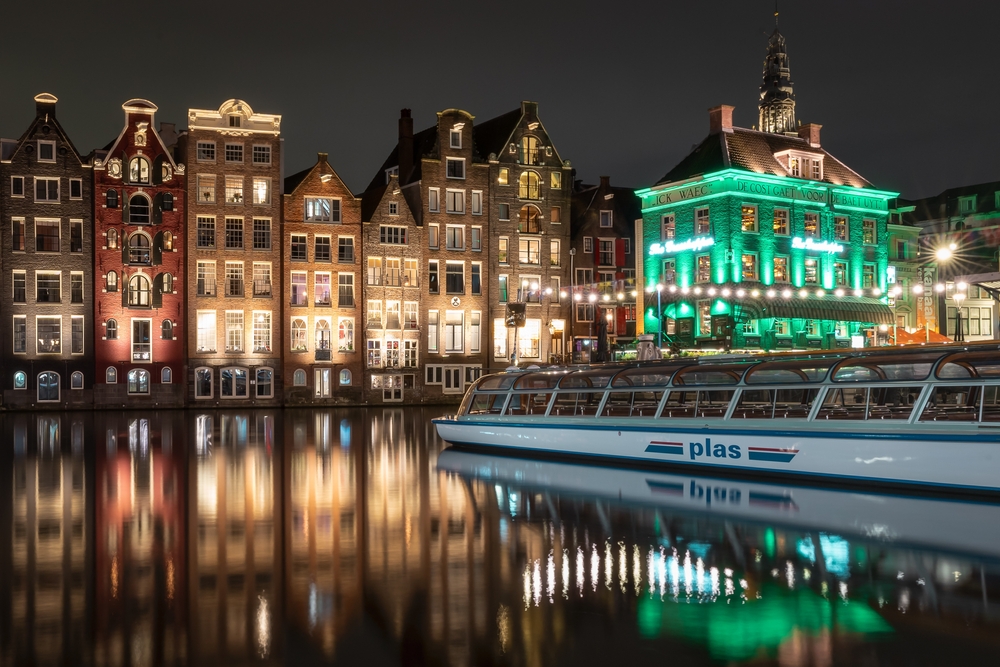‘How come I’ve been here so many times and never noticed?’ Already at the first stop of the Decolonial Walking Tour through Wageningen, which WUR students developed, the Aula, the scales fall from the eyes of many participants.
That stained-glass window, with coats of arms and cartographic images: of course, they are references to the former Dutch colonies! A lot of agricultural knowledge from Wageningen ended up on the plantations there at the time the Aula was built. To be more specific, some sixty per cent of the alumni of the former agricultural college did not stay in the Netherlands, guide Melle van Eijk, one of the twelve students who developed this tour, explains.
No coincidence
The students developed this Tour in the context of the Tourist Experiences course, which is part of the Tourism, Society and Environment master’s programme. In three weeks -‘ The students really worked very hard,’ assistant professor Karolina Doughty acknowledges- they did an excellent job. The Walking Tour gives shape to what Wageningen cultural geographer Emmanuel Akwasi Adu-Ampong (also involved in the development of this tour) calls ’embodied absence of the past’: the past that was always there, but which you only see when it is pointed out. And then you also suddenly realise that it was no coincidence that you hadn’t noticed it sooner.
Tours like these already exist in Amsterdam and Utrecht; for Wageningen, it is new. The Tour highlights both the great systemic injustices of the colonial past and their tragic consequences for individuals from a Wageningen perspective. For instance, the unfortunate Andries Lau, a slave from the Dutch colony of Berbice (now Guyana) who was taken by the owners of ‘his’ plantation to Wageningen in 1818 at the age of 11, to the Bassecourt, to be precise. Declared a ‘vrij mensch’ (free person) at the age of 16, but, as students nuanced: how free is one really when you are involuntarily and completely alone tens of thousands of kilometres from home? What is the meaning of freedom, then?
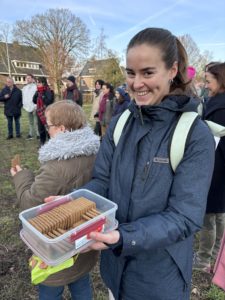
At various points during the Tour, the students provided this type of food for thought. At the former site of the Ritzema Boshuis, the former Laboratory for Tropical Agricultural Plant Cultivation, for example. There, they paused to consider, while handing out speculaas, the parallels between the spice trade of the past and the palm oil business of today – both are ingredients in speculaas. The group’s s sad conclusion: more than three centuries have passed, but a fair distribution of power and wealth is far from being achieved.
At the Tour’s endpoint, the passage between Hotel de Wereld and the Aula, where the Freedom Quarter is to take shape, the topic was the elasticity of historiography and concepts like freedom/unfreedom. Earlier that morning, at the start of the walk, Mayor Floor Vermeulen had said something similar at the same spot: ‘To come to terms with our past, we must continue to share the stories about it. Not just on Liberation Day or during Keti Koti but all year round. An initiative like this is a good push for the municipality of Wageningen to delve deeper into our colonial past.’
Audio tour
The initiative is undoubtedly to be continued – also from the side of the municipality. For those who do not want to wait: from Friday, 2 February, the student-developed Decolonial Walking Tour Wageningen will be available as an audio-guided walk via the SmartGuide app.
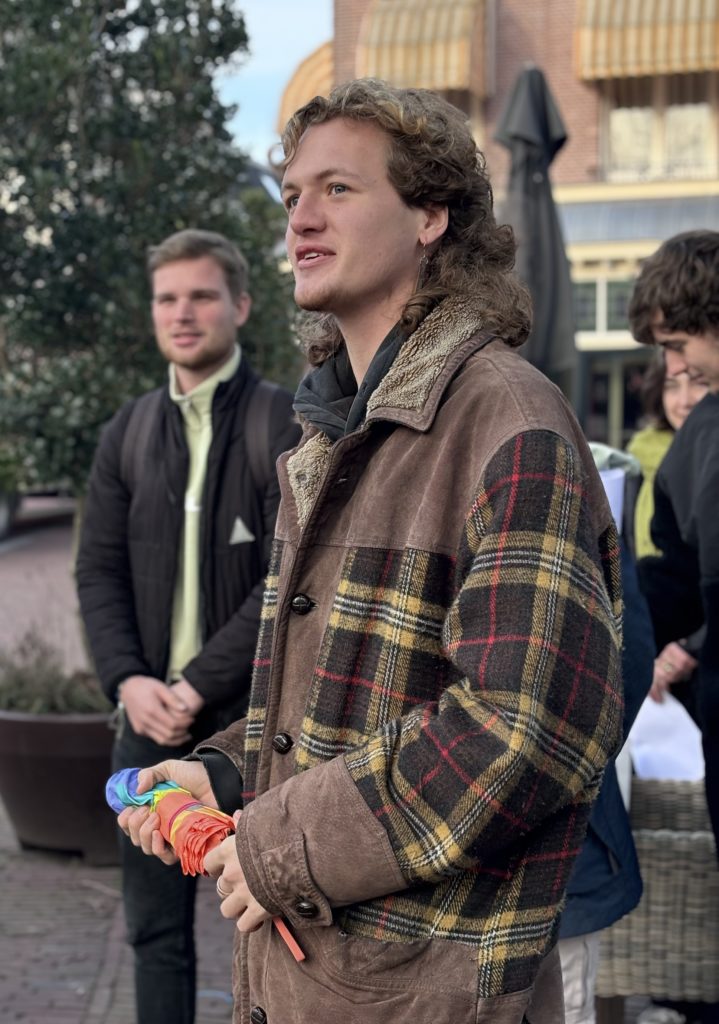
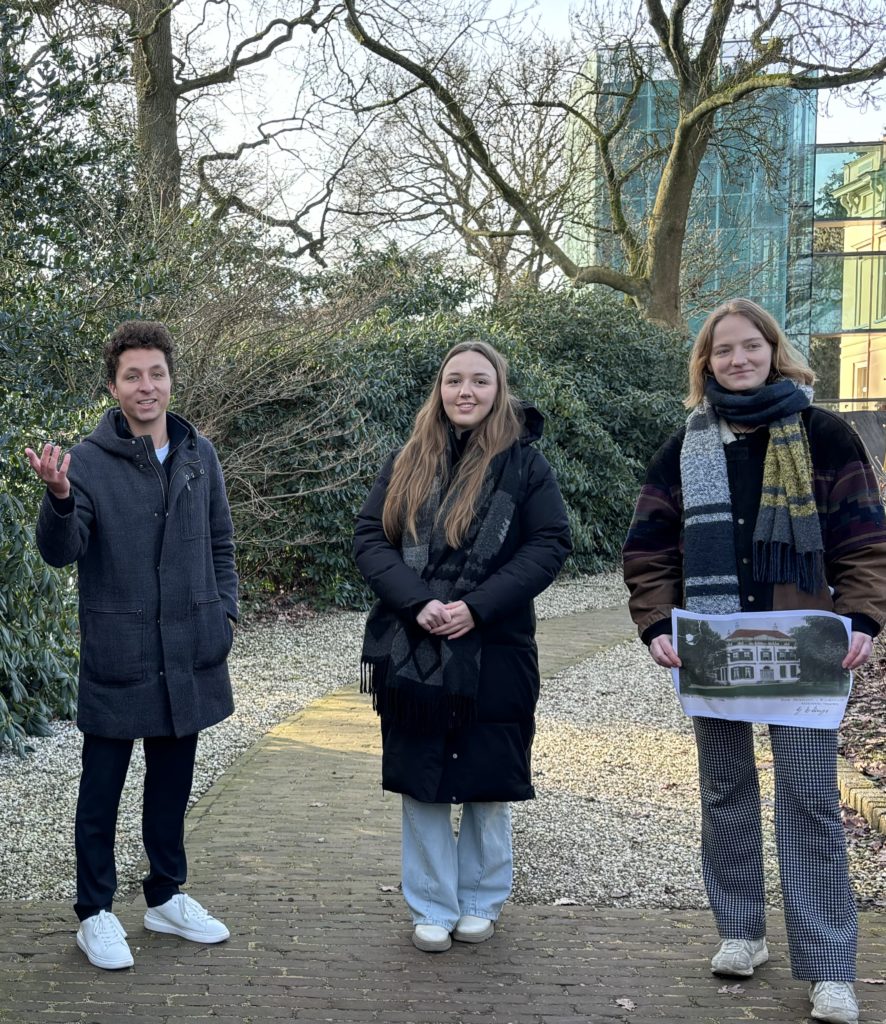
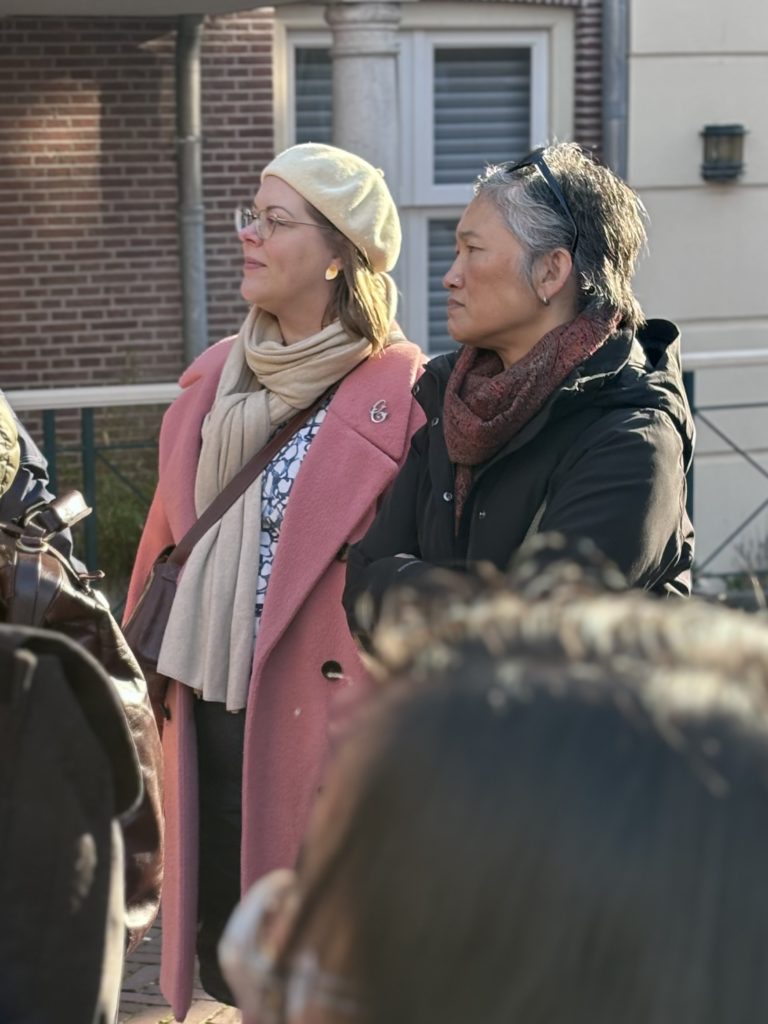
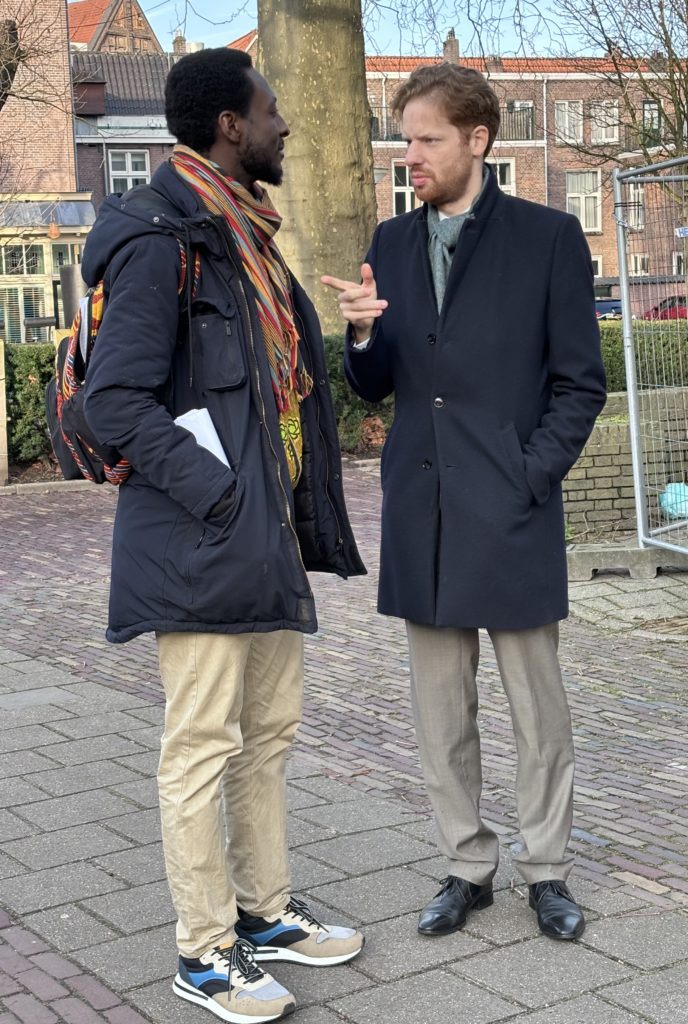
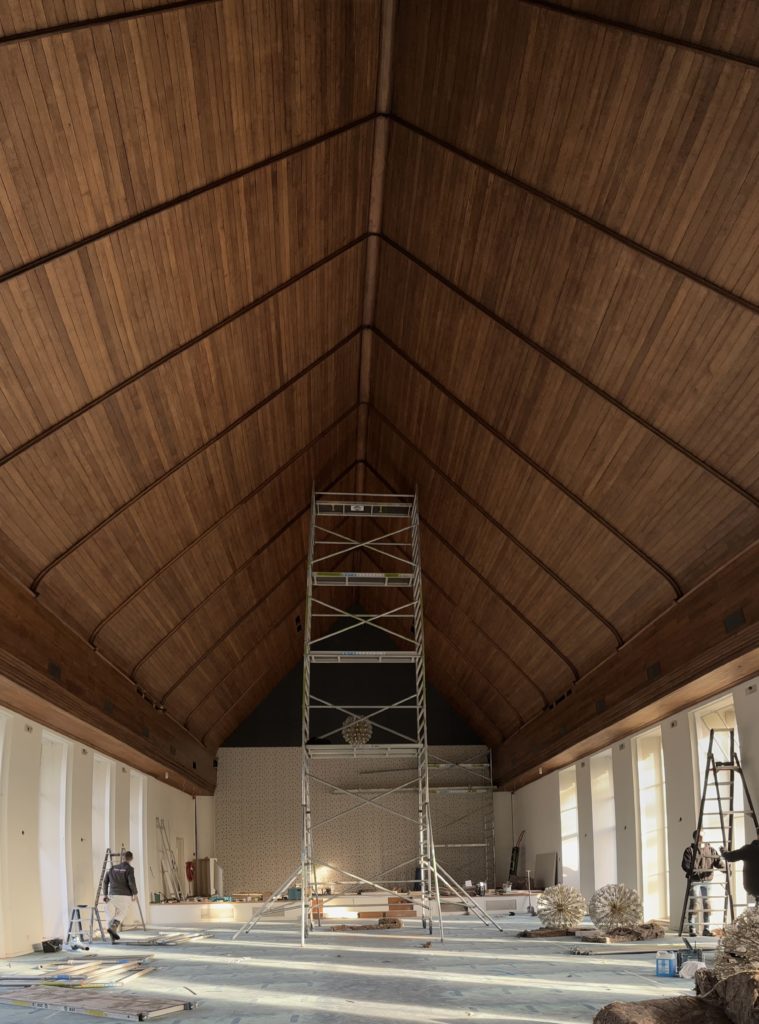
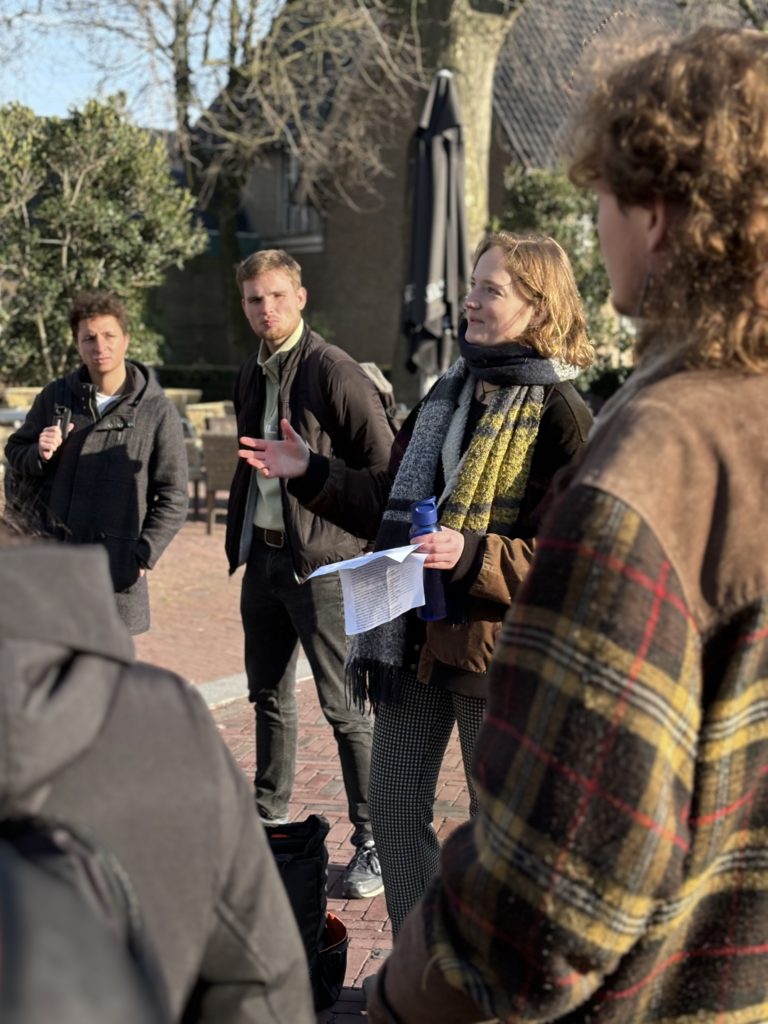

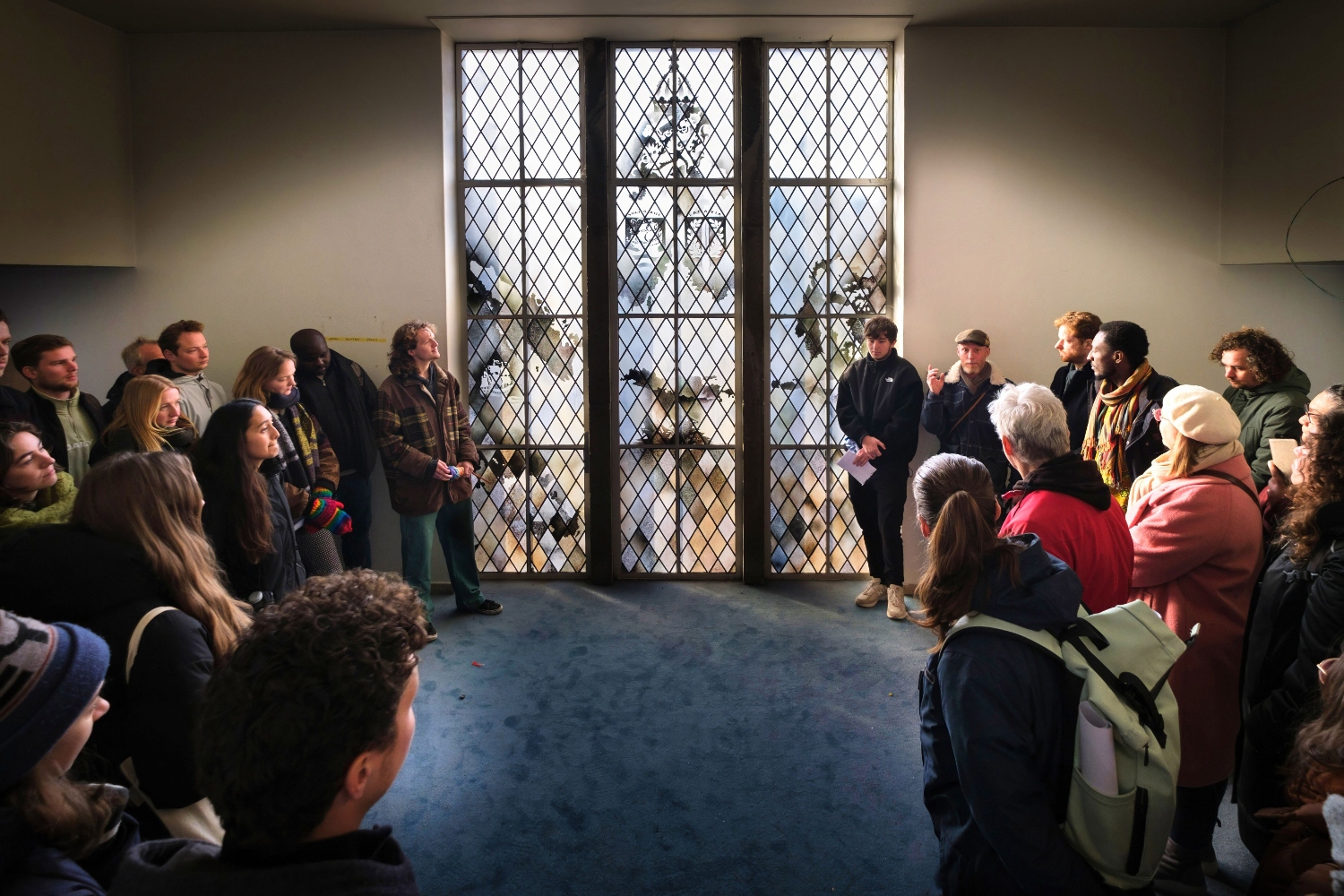 Attendees check out the room in the Aula during the Tour. Colonial terms ‘Batavia’ and ‘Suriname’ can be seen at the top. Photo Guy Ackermans
Attendees check out the room in the Aula during the Tour. Colonial terms ‘Batavia’ and ‘Suriname’ can be seen at the top. Photo Guy Ackermans 